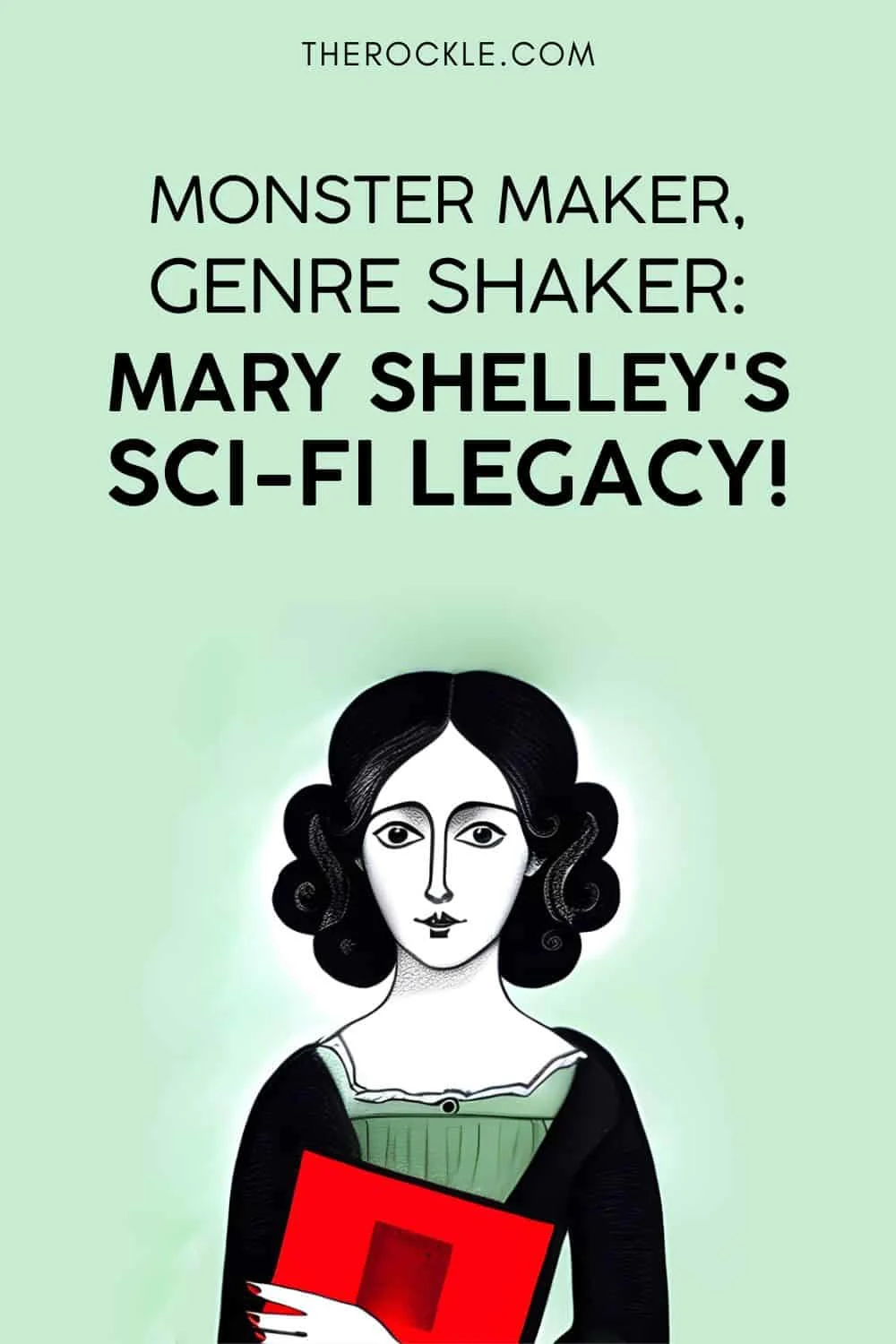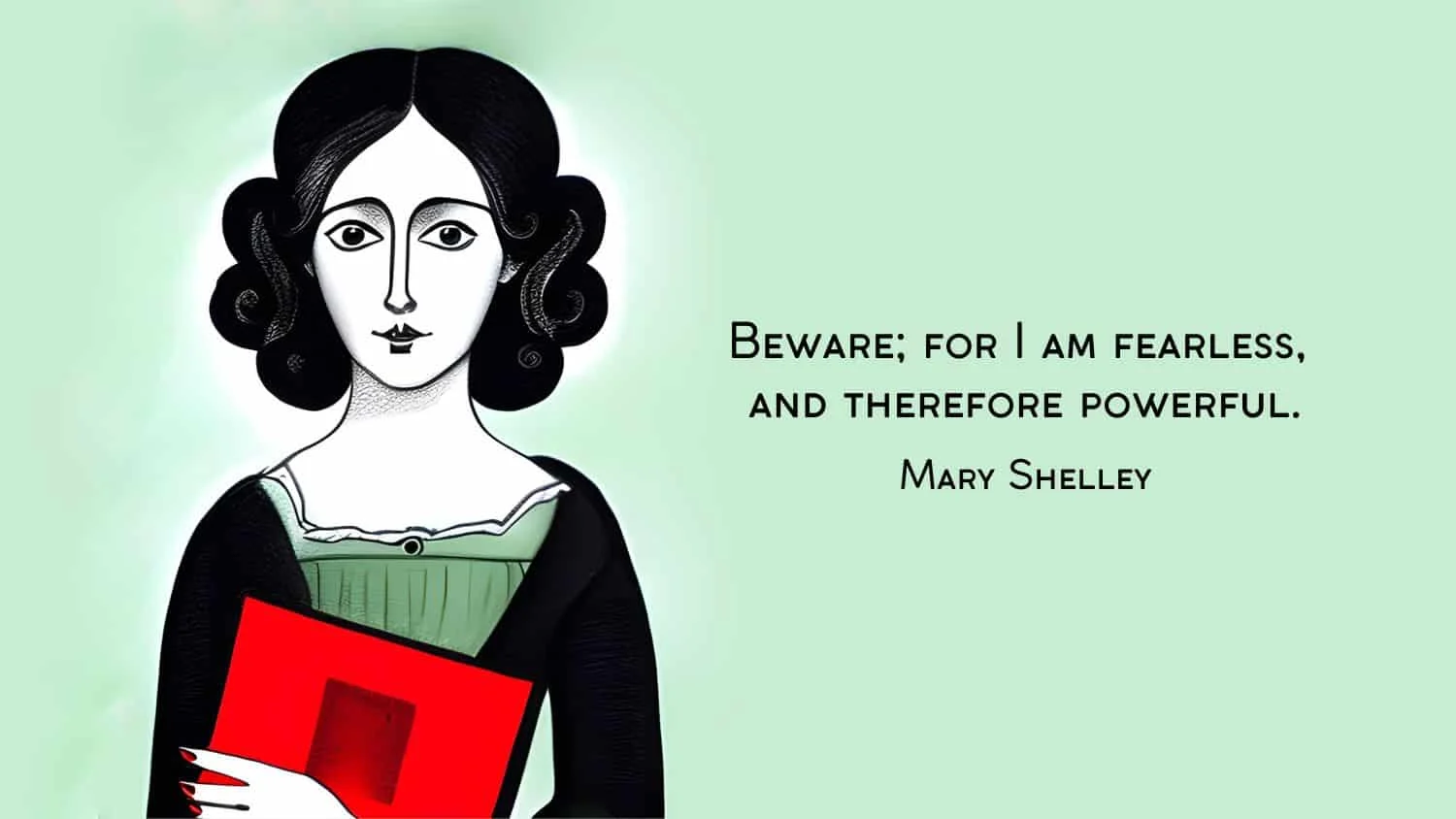So, you thought science fiction started with War of the Worlds, did you? Or maybe The Time Machine? Well, hold on to your paperback, because we’re going back even further – back to a time when corsets were in fashion, electricity was just a twinkle in Benjamin Franklin’s eye, and science fiction was yet to be a recognized genre. Ladies, gentlemen, and intergalactic beings, I give you – Mary Shelley!
Now, some of you might be thinking, “Mary Shelley? The Frankenstein lady? Isn’t that horror?” Well, my friend, like many a late-night cheese-induced nightmare, things aren’t always as they seem. With Frankenstein, Shelley didn’t just give life to a monster; she birthed an entire genre.
Lake Geneva’s Ghostly Gauntlet
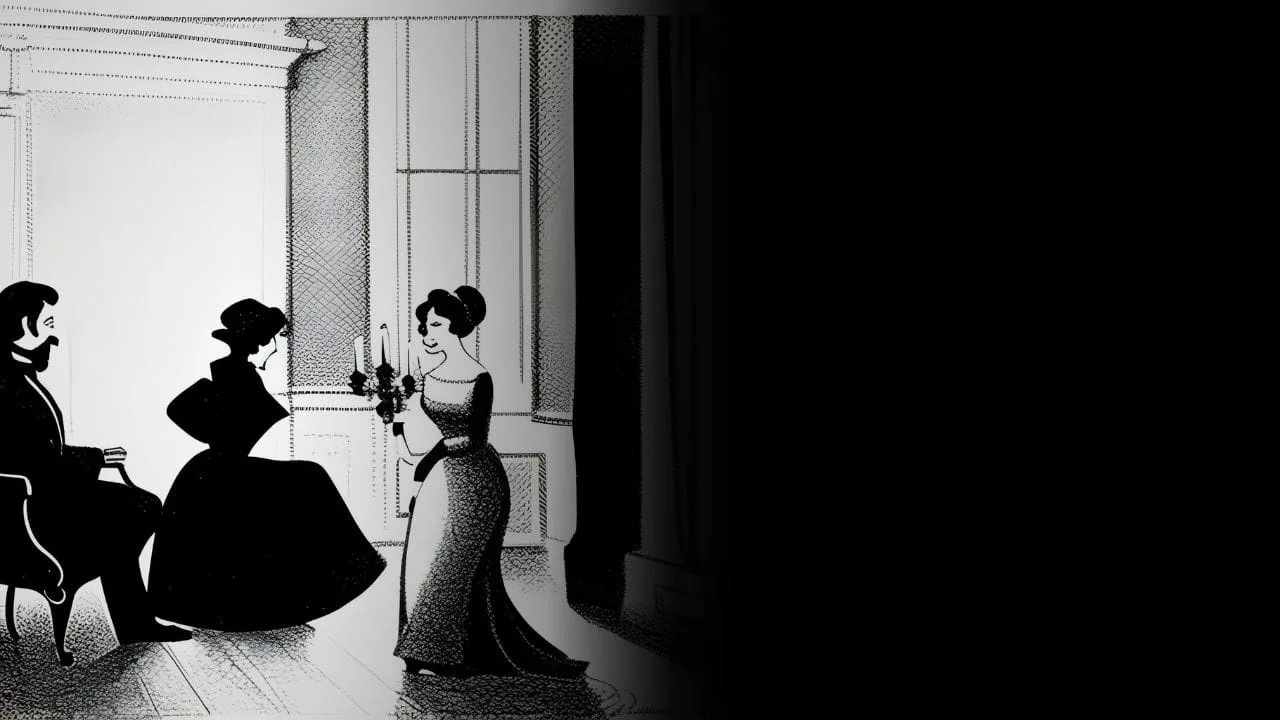
Let’s time-travel to the 19th century, shall we? It was a time when women were more likely to be found penning sentimental poetry or feverish romance novels than stepping toe-to-toe with the boys in the nascent world of science writing. But along comes Mary, our ‘Modern Prometheus,’ pulling out the rug from beneath the stuffy elite’s polished boots!
So, picture this: the year is 1816, also known as ‘The Year Without a Summer.’ Talk about a total weather bummer. Now, let’s hop on over to Lake Geneva, Switzerland, where some of the brightest minds of the era are hanging out – Percy Bysshe Shelley, Lord Byron, Mary Godwin (yet to be Shelley), and others.
One evening, with the rain cascading outside like a Romantic poet’s unshed tears, Byron, ever the drama king, issues a challenge to his housemates. “We will each write a ghost story,” he declares, probably swirling a glass of wine for effect. And so, they did, or at least, they tried. It’s no easy feat to out-creep Lord Byron, after all.
Yet, for Mary, the task was initially as daunting as climbing the Swiss Alps. Story ideas came and went, as elusive as lightning in a storm. Until…one fateful night! After discussions about life, science, and the potential to reanimate the dead (you know, just typical after-dinner chit-chat), Mary hit the hay with a mind whirling like a tempest.
And then, in the heart of the stormy night, in the midst of eerie dreams, the seeds of Frankenstein were sown. A vision crept into Mary’s sleep – a scientist, a creature, the spark of unholy life! She awoke, gripped by the lingering echoes of her nightmare, and knew she had her story. It was a tale of horror, yes, but also of humanity, of science, and of the terrifying unknown.
Defining the Lines: Horror or Sci-Fi?
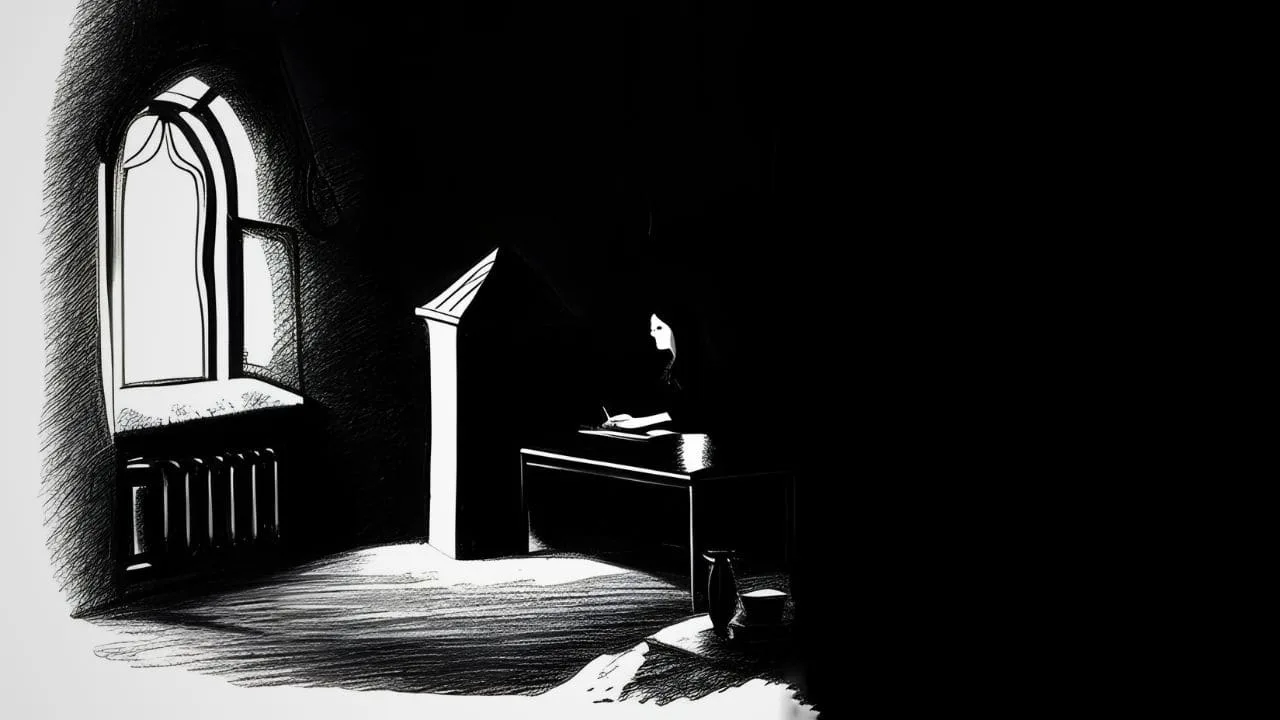
The Frankenstein; or, The Modern Prometheus (its full title) was not just born of ink and paper, but from the fertile soil of an electrifying nightmare. The full title draws a parallel to the Greek titan Prometheus, who defied the gods by giving fire to humanity, much like Victor Frankenstein’s audacious act of creating life. A masterstroke, right?
But why, you may ask, do we label Frankenstein as science fiction? After all, aren’t monsters and Gothic castles the bread and butter of horror?
Well, hypothetical reader, that’s a fine question! You see, Shelley’s tale is rooted not in the supernatural, but the scientific. Frankenstein’s creature wasn’t summoned from a hell dimension or arisen from the grave. He was assembled, piece by piece, in a lab, imbued with life through the then cutting-edge science of galvanism. Shelley took what was known of science, projected into the unknown, and asked, “what if?”
And isn’t that the beating heart of every great science fiction story?
Questioning the Boundaries of Creation
With Frankenstein, Mary Shelley dared to probe the very boundaries of life, death, and morality in a way that had never been done before. Think about it – Dr. Frankenstein was the OG mad scientist. Before we had those madcap inventors in movies and Elon Musk-types launching cars into space, Mary was already asking the big questions: “Hey, just because we CAN do something, SHOULD we?”
Victor’s whole deal wasn’t just a wild weekend project gone wrong. Mary was diving deep into the pool of “responsibilities” – if you build a living, breathing creature in your garage (or, you know, creepy old castle), do you owe it a little TLC? And what about society? If we’re always racing to the next big thing without a thought, are we missing some serious pitfalls?
Heavy stuff for a world that was still debating if women should be allowed to, y’know, read books.
More Than Monsters: Mary’s Profound Impact
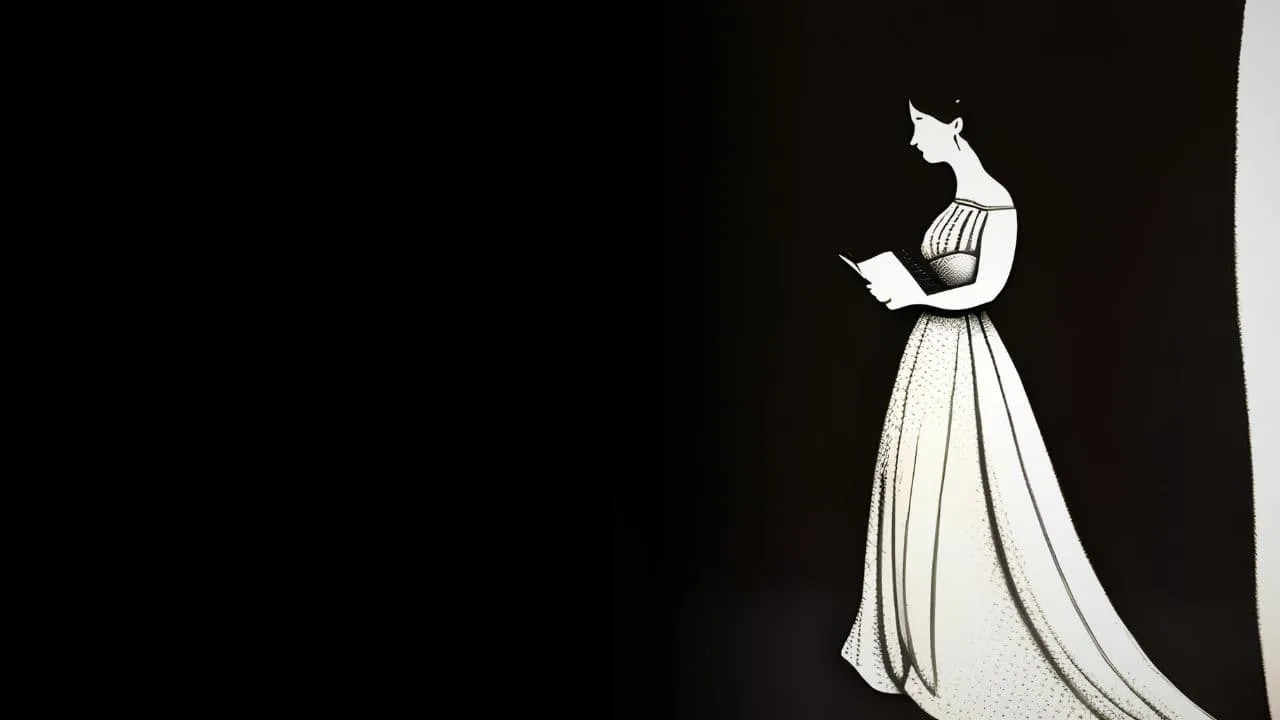
So no, Mary wasn’t just about monsters and mayhem. That’s why, over two centuries later, her legacy is alive and kicking (much like Frankenstein’s monster after a good jolt of lightning!). Her work has inspired generations of authors to challenge the status quo and imagine new worlds, technologies, and ideas.
Shelley wasn’t just the mother of Frankenstein; she was the mother of every science fiction writer who’s picked up a pen since.
She took a leap into the unknown, laid the groundwork for all the sci-fi goodness we enjoy today, and showed that a woman’s place is indeed in the lab – even if that lab is purely imaginary! Mary, you really were ahead of your time!
Next time you meet an uppity specter claiming science fiction is a modern phenomenon, serve them this slice of truth: It all started with a young woman, a stormy night, and one helluva scary story.
READ NEXT: Female Authors Who Changed Science Fiction
